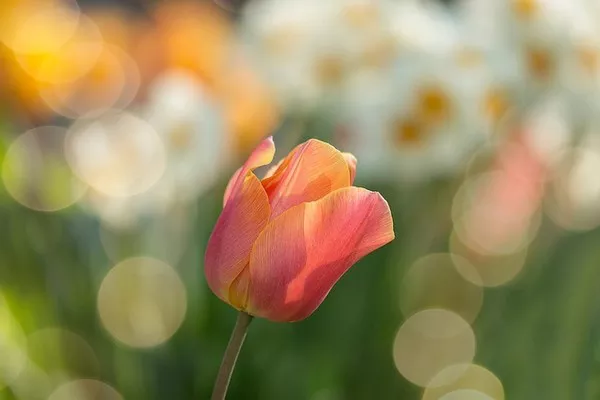Origami, the Japanese art of paper folding, has captivated enthusiasts for centuries with its intricate designs and delicate creations. Among the myriad of origami forms, origami flowers stand out as timeless symbols of beauty and elegance. Crafting these floral masterpieces requires patience, precision, and a deep appreciation for the art form. In this article, we will explore the steps and techniques involved in folding origami flowers, allowing you to embark on your journey of creating stunning botanical replicas.
Materials Needed
Before diving into the world of origami flowers, it’s essential to gather the necessary materials. Here’s what you’ll need:
- Origami paper: Select thin, square paper in various colors and sizes to add depth and variety to your flower arrangements.
- Scissors (optional): While traditional origami discourages cutting, some advanced designs may require minor adjustments.
- Folding surface: A flat, clean surface will provide the stability needed for precise folding.
- Patience and perseverance: Origami requires focus and attention to detail, so approach each fold with care and determination.
Basic Folding Techniques
Before attempting complex origami flowers, familiarize yourself with basic folding techniques. These include valley folds (folding the paper inward) and mountain folds (folding the paper outward). Mastering these foundational folds will lay the groundwork for more intricate designs.
Popular Origami Flower Designs
Rose: The quintessential symbol of love and beauty, the origami rose is a favorite among enthusiasts. With its layered petals and graceful curves, the rose captures the essence of nature’s elegance.
Lily: Delicate and serene, the origami lily embodies purity and tranquility. Its distinctive trumpet-shaped petals and slender stem evoke the grace of real lilies.
Tulip: Vibrant and cheerful, the origami tulip adds a pop of color to any arrangement. Its simple yet elegant design makes it an ideal choice for beginners.
Lotus: Symbolizing purity and enlightenment, the origami lotus is revered for its intricate beauty. With its layered petals and graceful symmetry, the lotus embodies the harmony of nature.
Step-by-Step Instructions
Now, let’s delve into the step-by-step process of folding a simple origami flower. For demonstration purposes, we will create a basic tulip design.
Begin with a square sheet of origami paper. If using dual-sided paper, start with the desired color facing down.
Fold the paper in half diagonally to form a triangle, ensuring that the edges align perfectly. Crease the fold firmly, then unfold the paper.
Fold the bottom corners of the triangle up to the top corner to create a smaller triangle. Press down firmly on the creases to secure the folds.
Fold the right and left corners of the triangle towards the center to form a diamond shape. The top point of the diamond should align with the bottom point.
Fold the top layer of the bottom point upwards, leaving a small gap between the fold and the bottom edge of the diamond. This will create the tulip’s petals.
Rotate the diamond so that the pointed end is facing downwards. This will serve as the tulip’s stem.
Fold the left and right corners of the diamond towards the center, creating a narrow triangle at the bottom. This will form the tulip’s leaves.
Fold the bottom edge of the triangle upwards to create the tulip’s leaves, adjusting the angle as desired for a natural appearance.
Gently pull apart the layers of the tulip’s petals to give it volume and dimension. Be careful not to tear the paper, especially if using delicate origami paper.
Your origami tulip is now complete! Display it individually or incorporate it into larger arrangements for a stunning floral display.
See Also What Makes Hydrangea Flowering Plants Change Blossom Colors
Tips for Success
- Practice patience: Origami requires practice and patience to master. Don’t be discouraged by initial setbacks—perseverance is key.
- Start simple: Begin with basic designs before progressing to more complex ones. This will help build your confidence and skills.
- Use high-quality paper: Choose thin, durable origami paper in various colors and patterns to enhance your creations.
Pay attention to creases: Accurate creases are essential for crisp, clean folds. Take your time to ensure each crease is sharp and precise. - Experiment with different sizes and colors: Explore the versatility of origami by experimenting with various paper sizes and colors to create unique floral arrangements.
Conclusion
Origami flowers offer a captivating blend of artistry and craftsmanship, allowing enthusiasts to express their creativity through delicate paper creations. By mastering basic folding techniques and exploring popular origami flower designs, you can embark on a journey of artistic discovery and create stunning floral arrangements that showcase the beauty of nature. With practice, patience, and a passion for the art form, you can fold your way to an exquisite garden of origami blooms.


